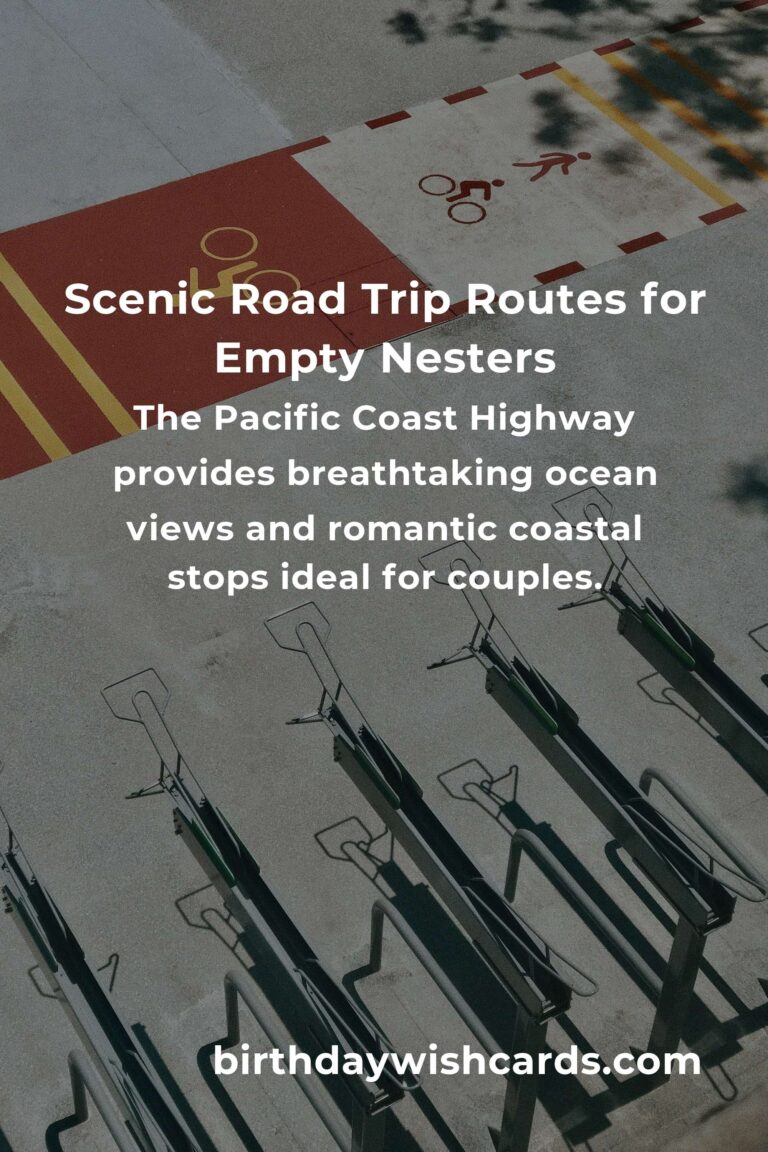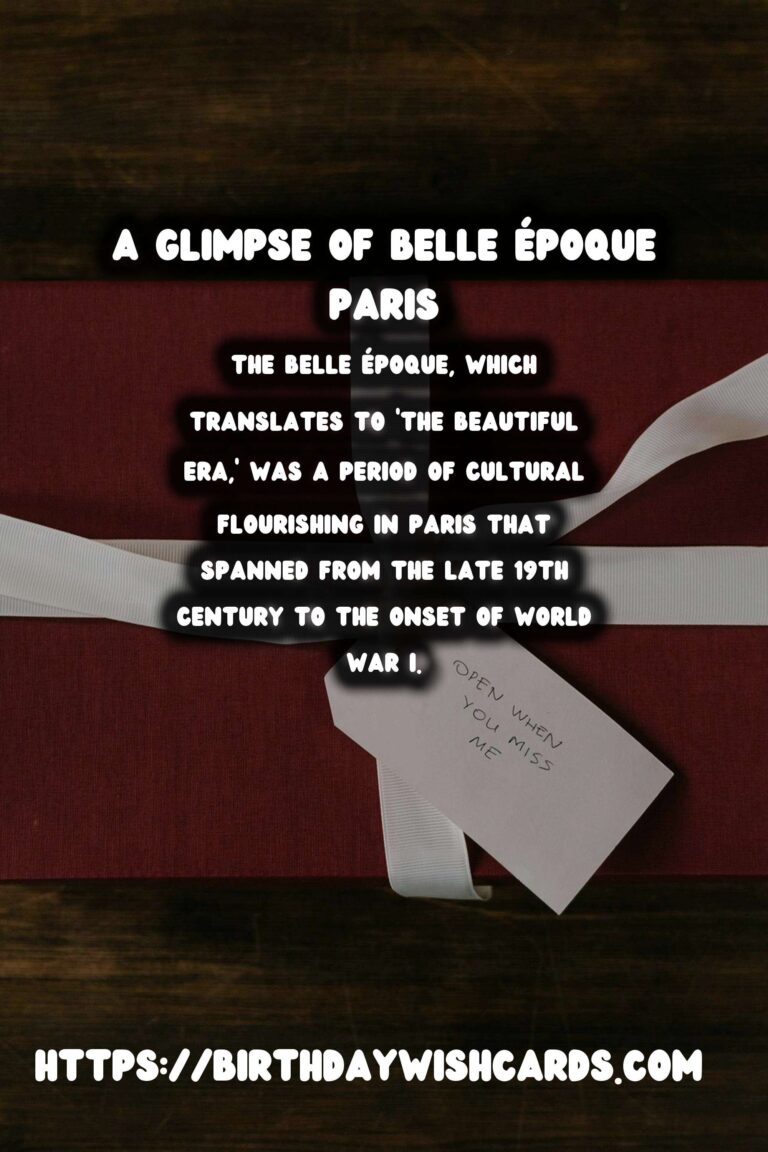
The Belle Époque, which translates to ‘The Beautiful Era,’ was a period of cultural flourishing in Paris that spanned from the late 19th century to the onset of World War I. This period is renowned for its advancements in the arts, architecture, fashion, and theatre. It was a time when Paris truly established its reputation as the ‘City of Light,’ a moniker that persists to this day.
The Artistic Renaissance
One of the hallmark features of the Belle Époque was the boom in artistic expression. Artists like Claude Monet and Henri de Toulouse-Lautrec captured the essence of Parisians and their love for life through their vibrant works. Impressionism, which had its roots firmly planted in this era, broke traditional artistic norms and inspired new ways of looking at the world. Parisian cafés and cabarets provided a hotbed for artistic discourse, allowing creativity to flourish.
Architectural Marvels
The Belle Époque witnessed the construction of some of Paris’s most iconic structures. The Eiffel Tower, completed in 1889, became a symbol of modern engineering and has since become synonymous with Paris itself. Other architectural feats include the Grand Palais and the Petit Palais, both constructed for the 1900 Exposition Universelle, showcasing the grandeur and elegance characteristic of this era.
Fashion and Society
Parisian fashion in the Belle Époque was defined by its opulence and sophistication. The era saw the rise of haute couture houses like those of Charles Worth and the House of Doucet, who set trends that reverberated throughout Europe. The fashion of the time reflected societal changes, emphasizing luxury and exquisite detailing. Stylish promenades along the Champs-Élysées became a daily affair, as Parisians embraced the newfound elegance that characterized city life.
Theatre and Entertainment
No discussion of the Belle Époque would be complete without mentioning the explosion of theatrical performances and entertainment. The Moulin Rouge, a cabaret built in 1889, epitomized the vibrant, lively spirit of the time. Operas, ballets, and plays were not only a staple of the cultural diet but were also avenues for society to convene and celebrate the arts.
Technological Advancements
Parallel to cultural growth, the Belle Époque was marked by technological achievements. The development of the Paris Métro and electrification of the city streets ensured Paris maintained its cutting-edge status, further cementing its place as a global leader in innovation.
Conclusion
The Belle Époque was a period that encapsulated the spirit of innovation, creativity, and opulence. As Paris evolved, it set the stage for a vibrant cultural scene that would influence subsequent generations. Today, the remnants of this beautiful era continue to attract tourists and historians alike, eager to experience the sophistication and charm of turn-of-the-century Paris.
The Belle Époque, which translates to ‘The Beautiful Era,’ was a period of cultural flourishing in Paris that spanned from the late 19th century to the onset of World War I. The Belle Époque was a period that encapsulated the spirit of innovation, creativity, and opulence. 
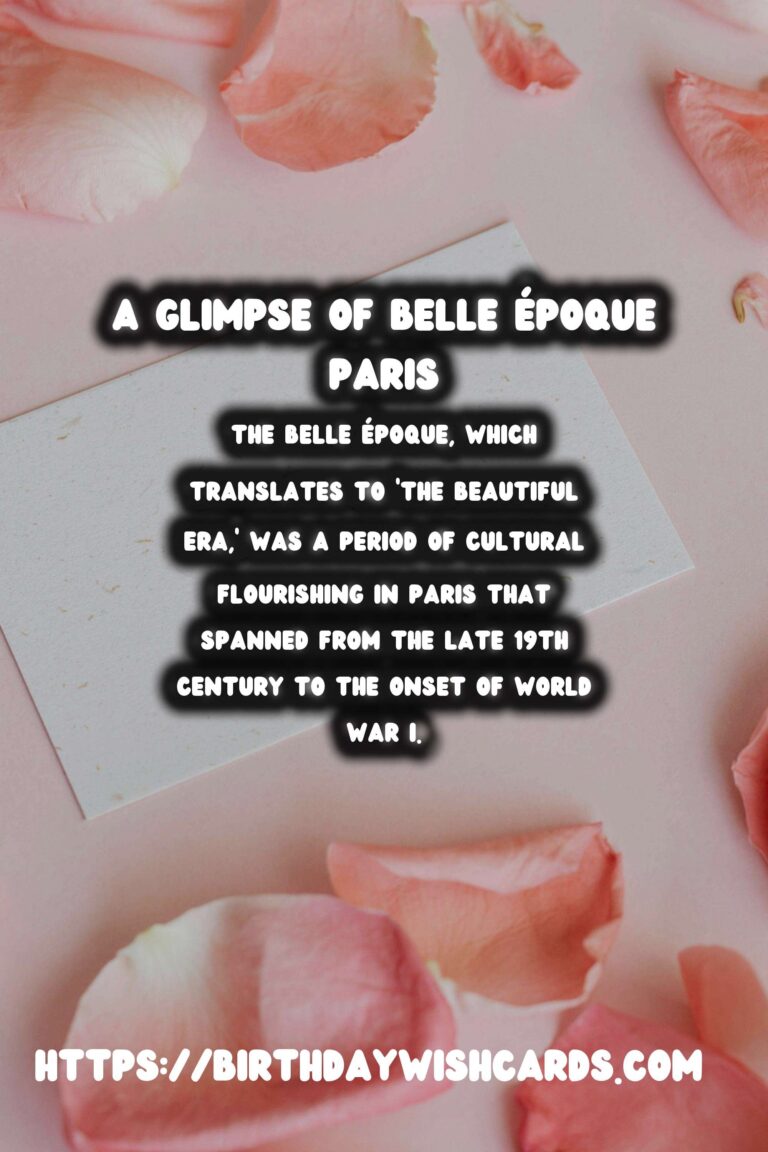
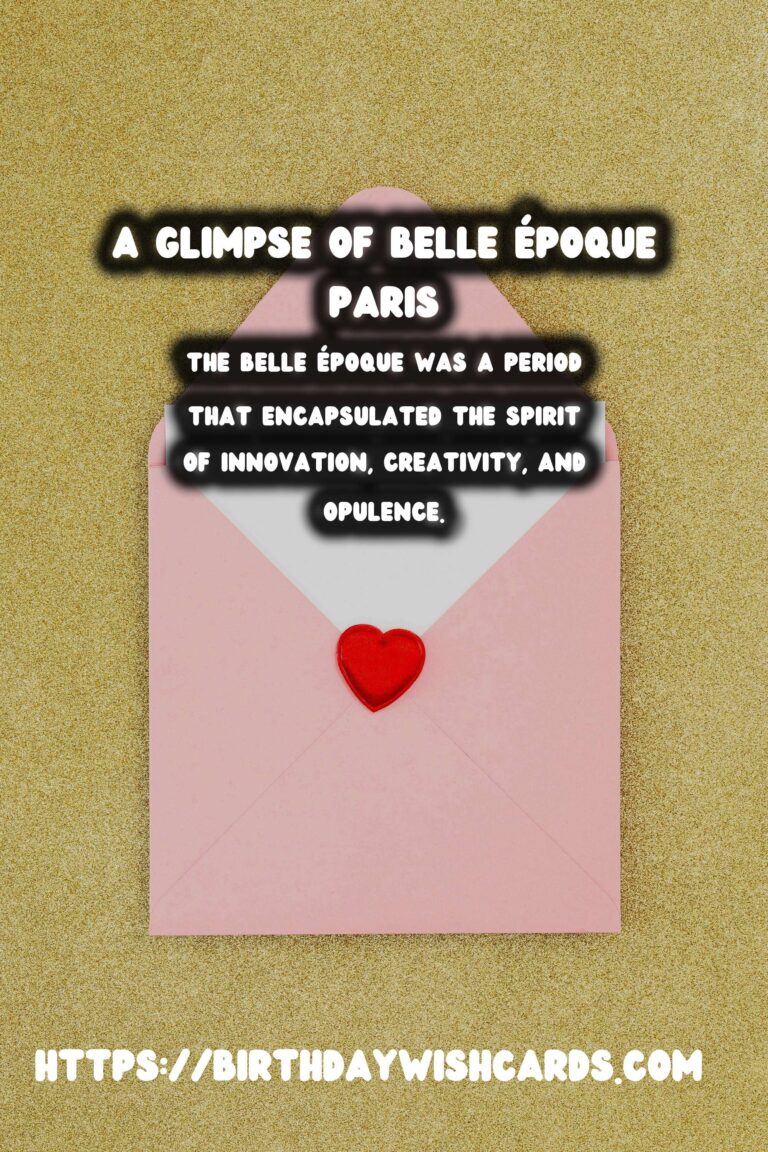
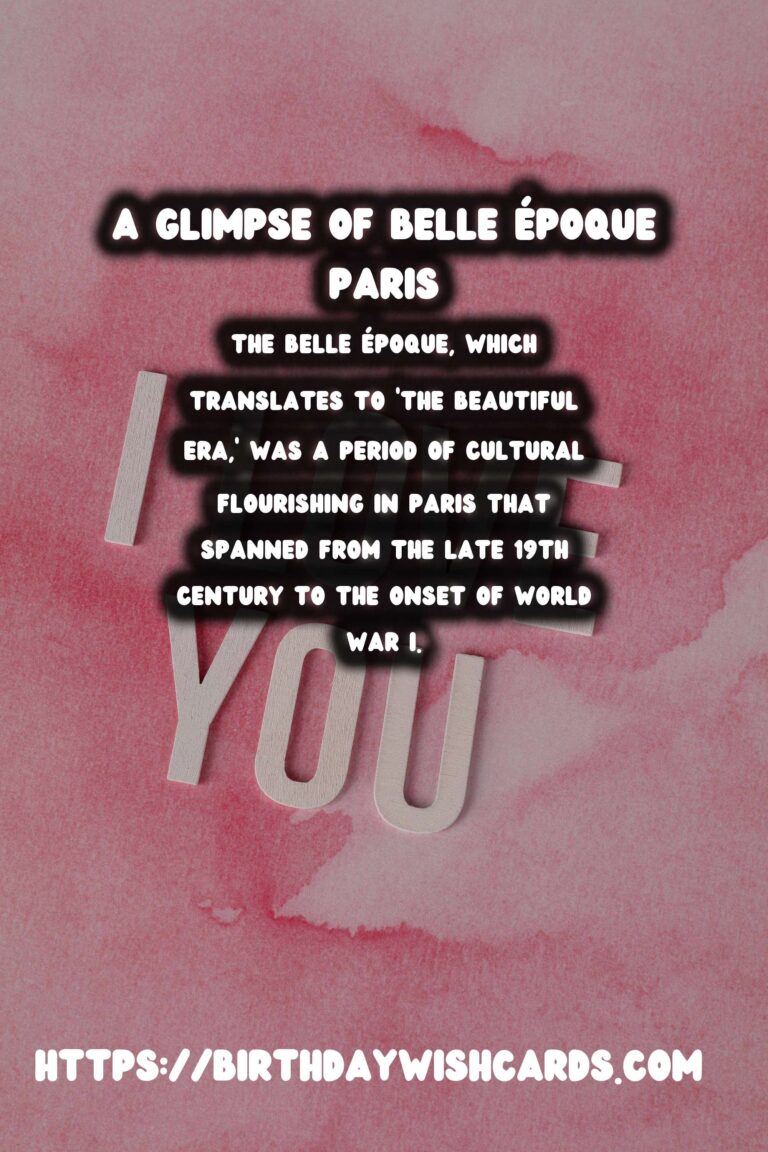
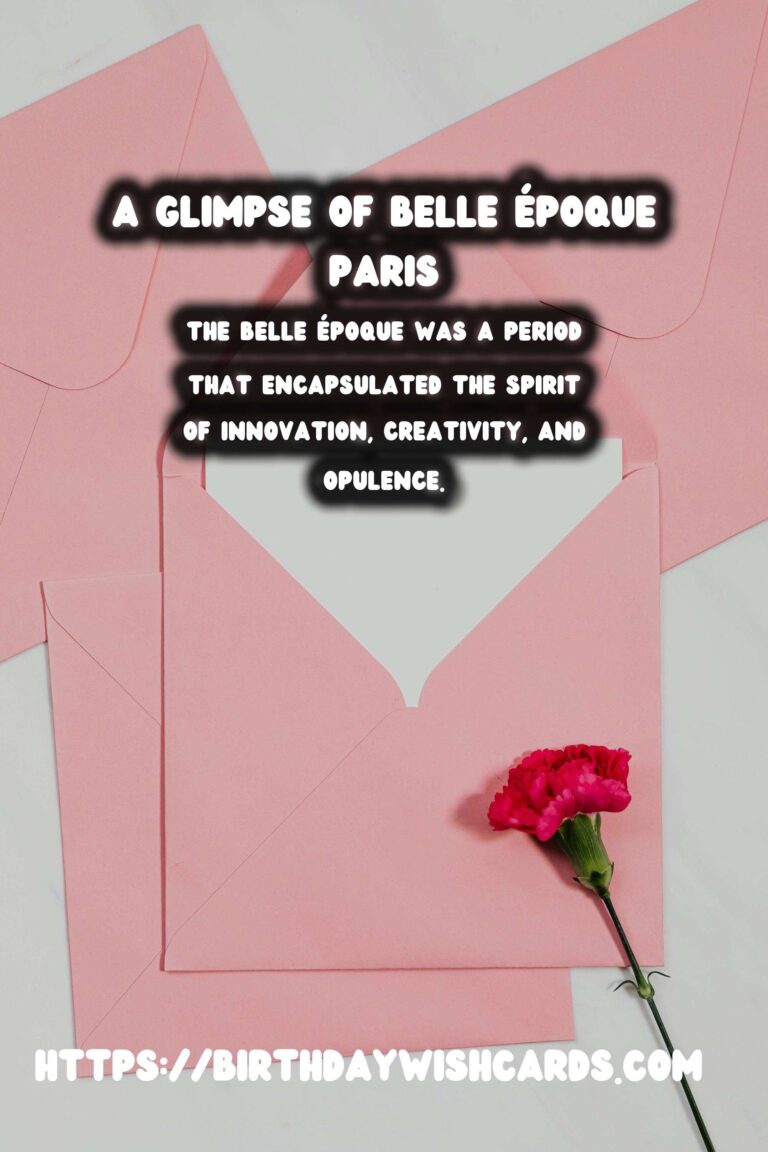
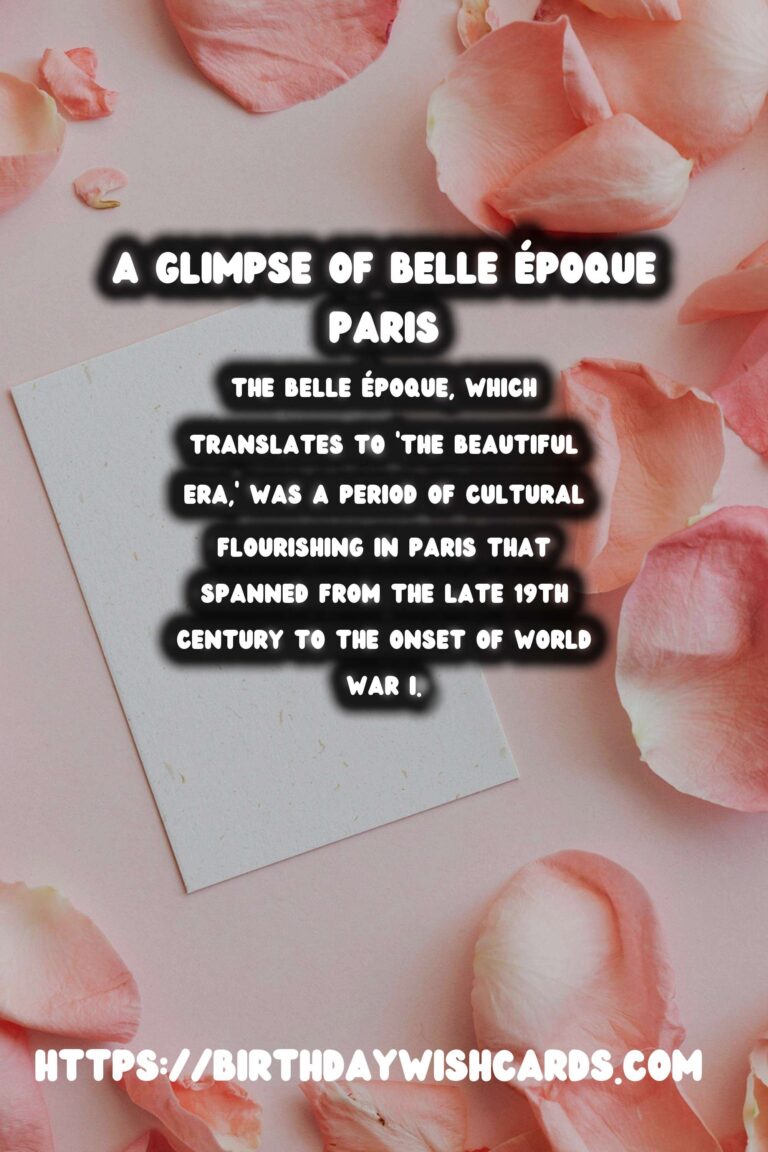
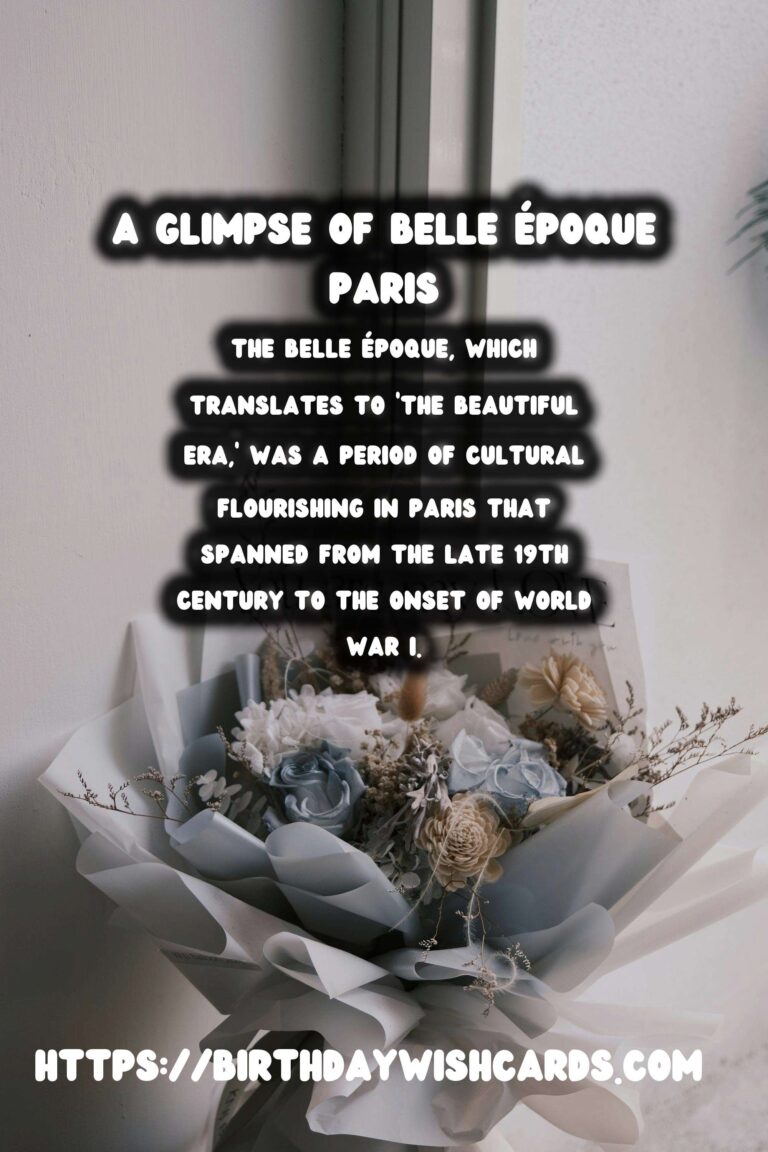
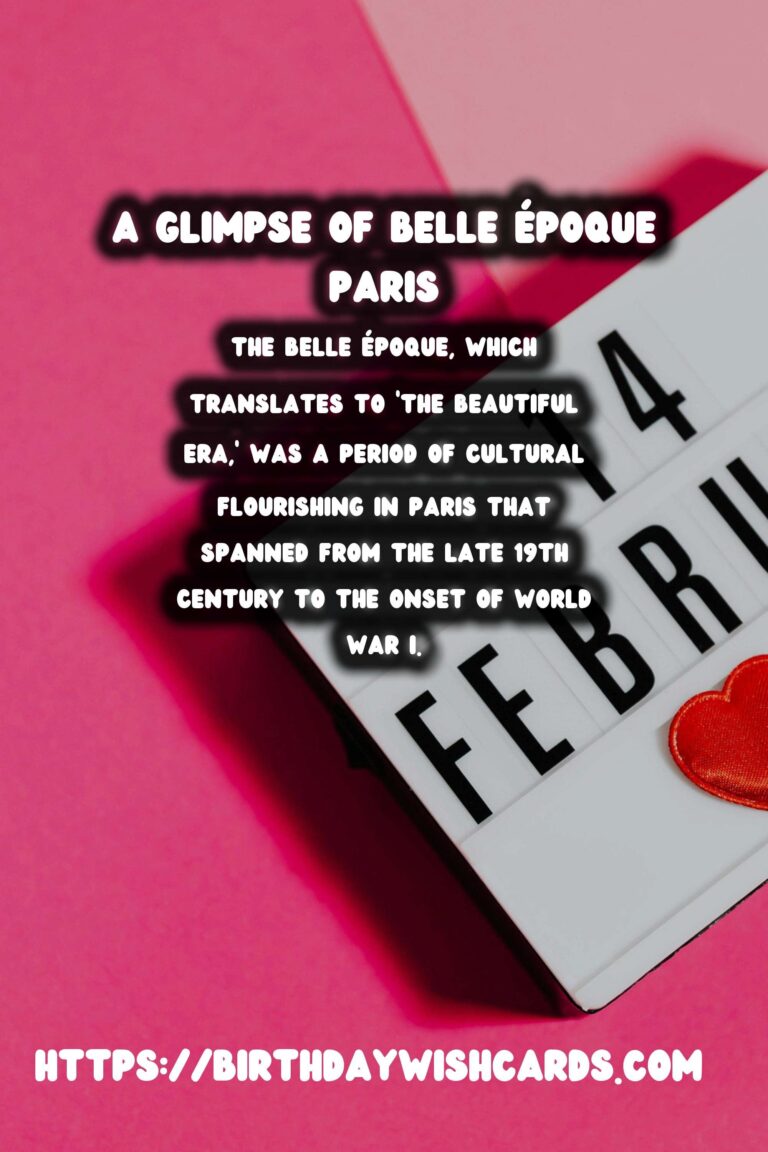
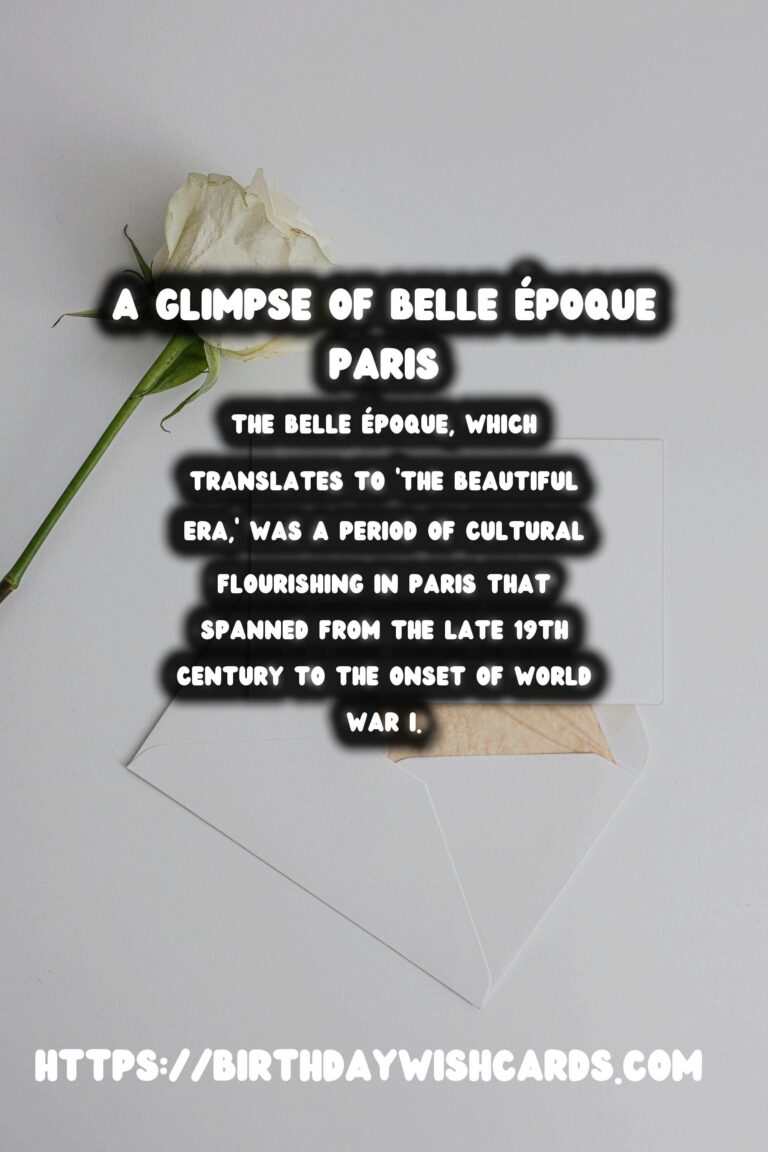
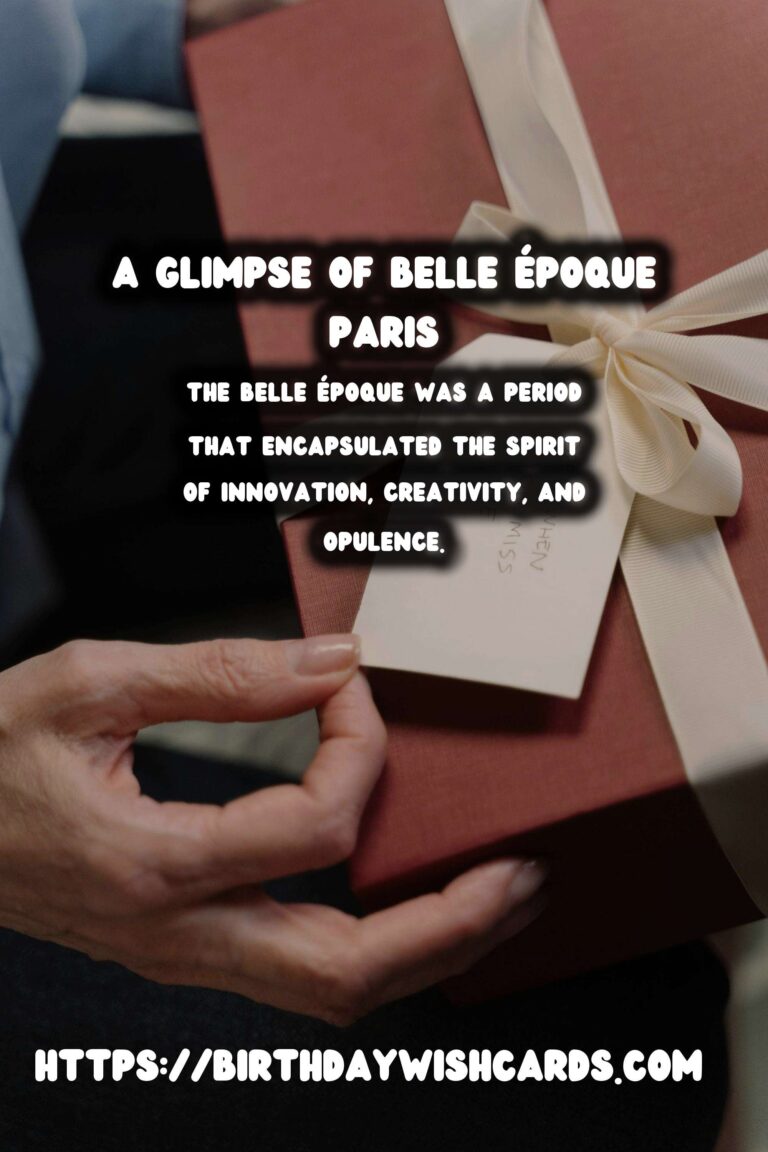
#BelleEpoque #ParisHistory




